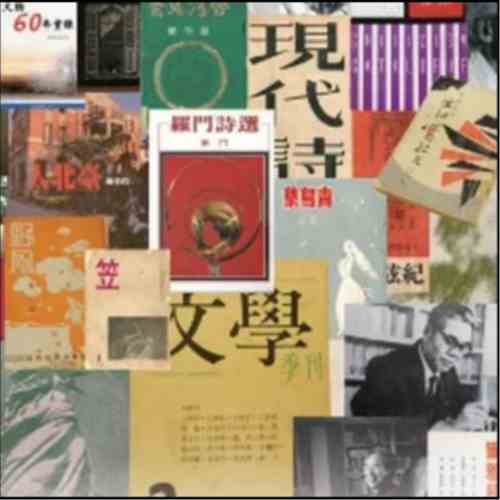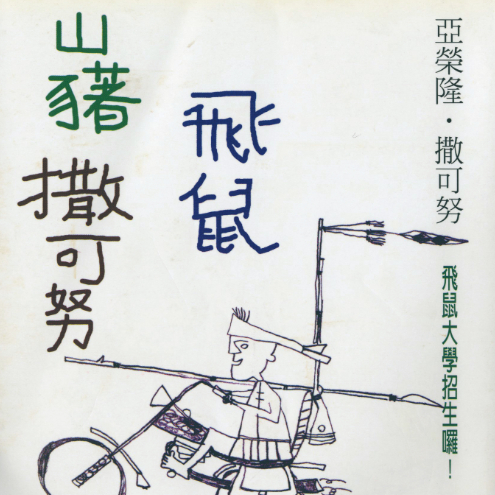After World War II, with the lifting of the political martial law in the 1980s and the deepening and upsurge of cultural subjective consciousness, the zeal of returning to native culture or language expression contributed towards the rise of the “mother tongue literature.” Ethnic consciousness is inextricably interwoven with language and culture. Since the rise of mother tongue literature has been a long-term reaction of various ethnic groups towards the national language policy, the advocates have more actively kept up native culture and, at the same time, constructed ethnic consciousness, based on the local language. The development in multiple aspects of “Taiwanese Vernacular Literature,” “Hakka Literature,” and “Indigenous Literature” in the post-war have thus expanded and enriched the landscapes of native language literature in Taiwan.
-ink.jpeg)
After the 1990s, the writing of native language literature in Taiwan appeared a gradual shift in the use of literary languages. Writers mingled with different languages in describing specific cultural contexts, or mixed Han’s language with ethnic language within the text, and later changed to write entirely in their mother tongue. In the course of development, various ethnic groups have been discussing the languages used in writing and dialectically examined the relations between language and cultural constructions repeatedly, and the issues are still evolving.
Nevertheless, many writers have already presented a wealth of native language literary writings. The literary works in Indigenous languages, for instances, Pinh- kynal na Tayal (泰雅腳蹤, or Atayal Footsteps , 1991) by Walis Naqang (Atayal), The Myths of Badai Bay (八代灣的神話, 1992) by Syaman Rapongan (Tao), and A Yami Caught a Rain Boot (釣到雨鞋的雅美人, 1992) by Syapen Jipeaya (Tao), among others, are often presented in ethnic language or in mother tongue juxtaposed with Chinese language.
Authors dedicated to Hakka literature include Dupan Fangge, Huang Hengqiu, Li Yufang, Zhang Fangci, Ye Risong, Feng Huiyue, Liu Huizhen, Chen Ninggui, Ceng Quihai, Gong Wanzao, Feng Huiyue, and other writers are investing their efforts in Chinese character-based writings. As for Taiwanese Vernacular Literature, the literary achievements in the post-war era have been even more impressive, in terms of both quality and quantity, and it covers various genres including poetry, fiction, prose, and drama, etc. The most important Taiwanese vernacular writers include novelists: Chen Mingren and Chen Lei; poets: Lin Zongyuan, Huang Jinlian, Hu Minxiang, Li Qinan, and Zhuang Bolin, and others.
The postwar literary development course of native language writing originated from the social movement of the eighties; by the nineties, it took shape and gradually became a mature written genre. Taiwan literature had lived throughout the Japanese colonial period, in this context, Taiwanese authors wrote native literature in either vernacular, Han Chinese, or in a meld of Chinese characters and the Romanization of Han characters, and created literary languages that reflect speaking and livelihood of the ethnic groups. These works in the process of literary development of Taiwan are specific examples and models that have exemplified the expressions of Taiwanese subjectivity.
.jpg)
Taiwanese Hakka Literary Anthology , ed., Li Qiao and others, a collection of Hakka writers’ works.
.jpg)








